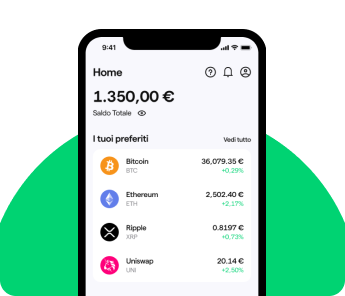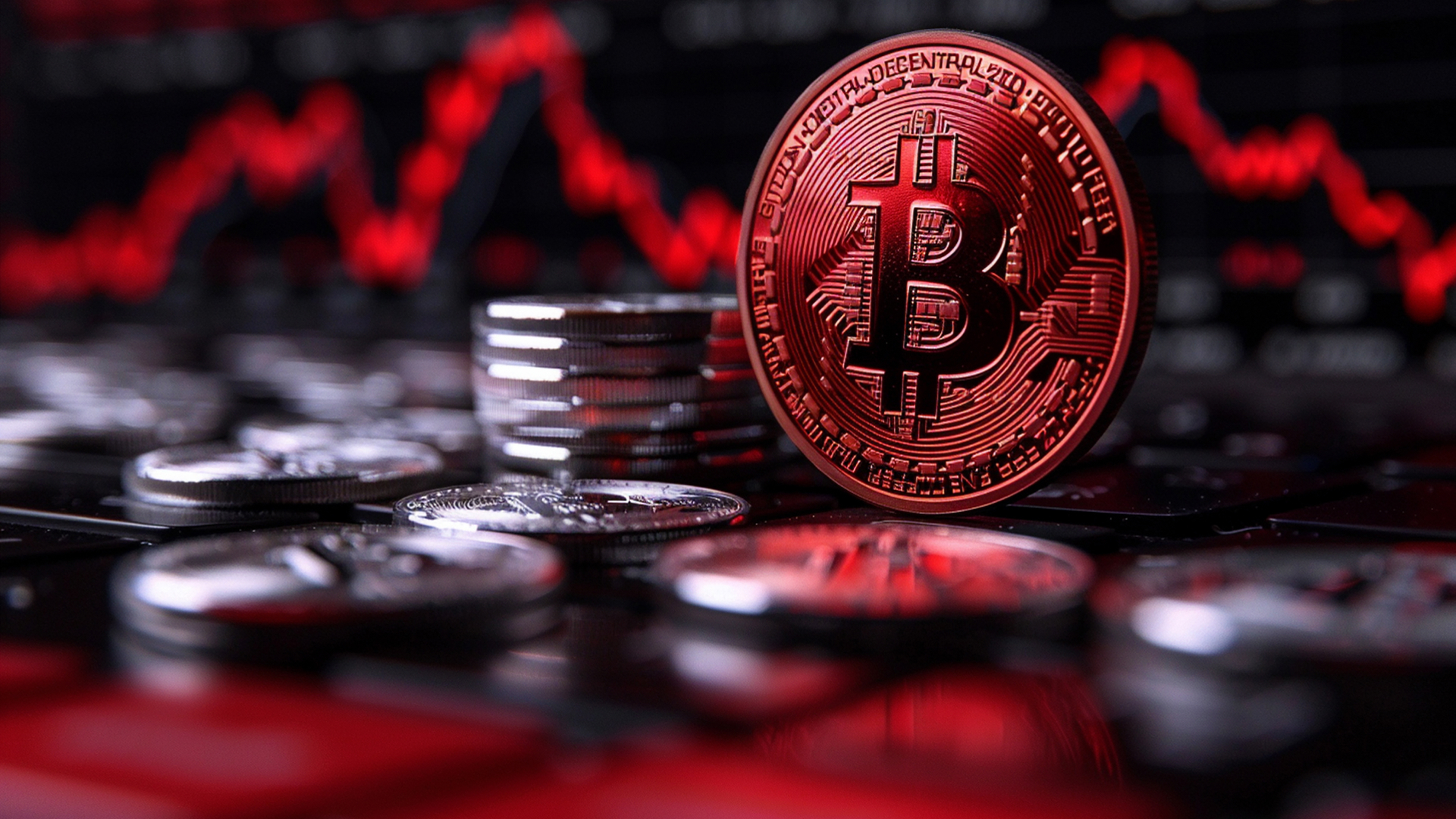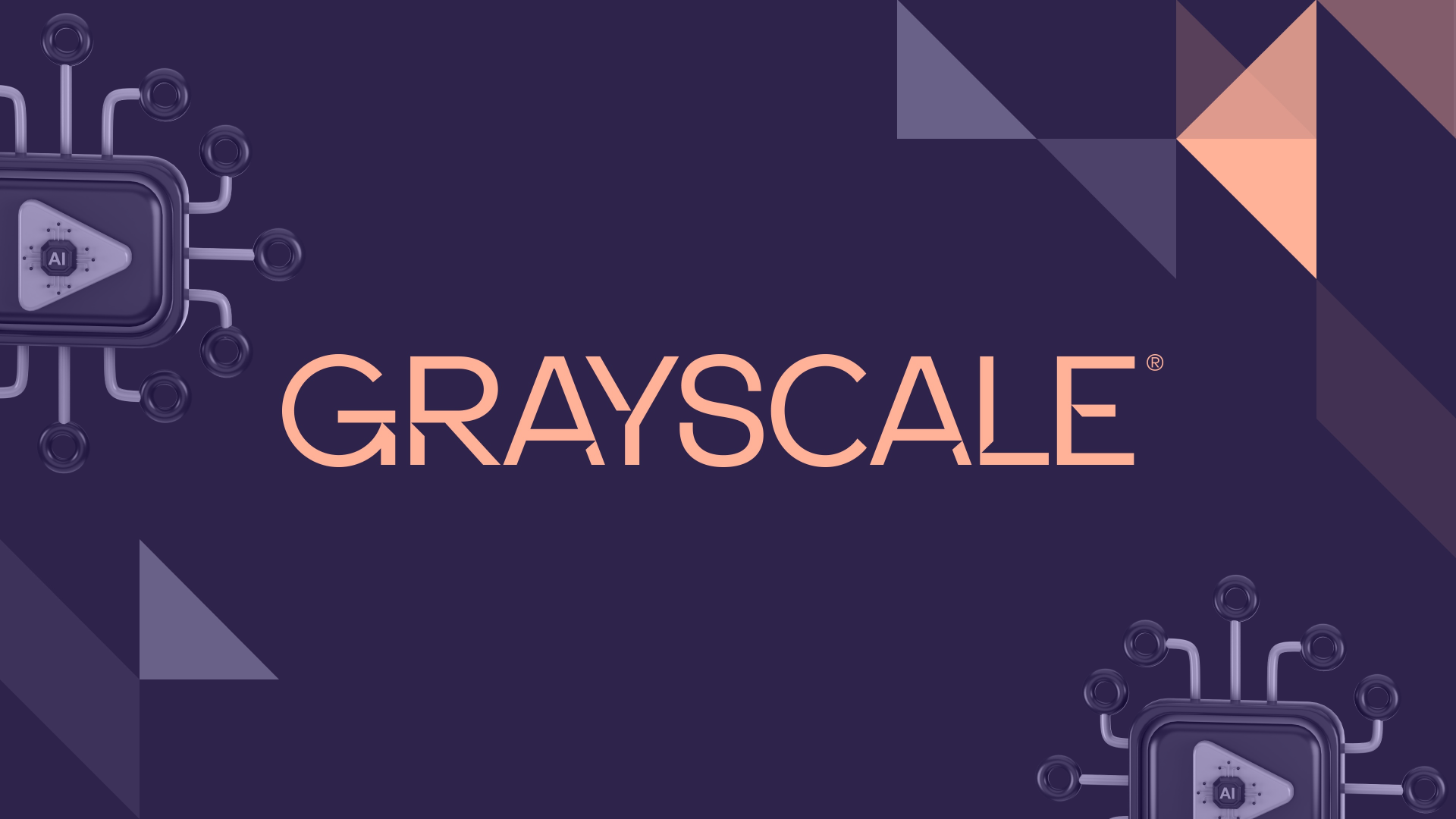What does it mean to have the most powerful passport in the world?
In 2024, the title of “most powerful passport” is more than just a badge of honour—it’s a gateway to unparalleled freedom and opportunities. But what exactly makes a passport powerful? In this deep dive, we’ll explore the concept of passport power, the global rankings for 2024, and what it means for citizens who hold these prestigious documents.
What is a “powerful” passport?
Imagine travelling freely, crossing borders without hassle, and exploring new cultures without facing bureaucratic obstacles. This is the privilege of having the “most powerful passport in the world.” A powerful passport allows entry into many countries without a visa or with a visa on arrival, granting its holders tremendous freedom of movement.
Advantages and Privileges
Holding a powerful passport comes with several key benefits:
- Freedom of movement: Travel to numerous countries without needing a visa.
- Economic opportunities: Easier access to global markets and the ability to relocate for work.
- Quality of life: The ability to choose from various destinations for living, studying, or working, enhancing overall quality of life.
How the ranking of the most powerful passports changes
The ranking of the most powerful passports in the world is constantly evolving. Changes can be driven by various factors, including:
- Geopolitics: Tensions or agreements between countries can influence the number of visa-free destinations.
- International Agreements: New treaties or partnerships can alter entry conditions for citizens of certain nations.
- Global Crises: Events like the COVID-19 pandemic have significantly impacted global travel possibilities.
Measuring the most powerful passport in the world
Each year, several organisations publish rankings of the most powerful passports based on the freedom of travel they offer. Among the most influential is the Henley Passport Index, which evaluates passports based on the number of countries their holders can visit without a visa.
This ranking compares 199 passports against 227 possible destinations. A passport’s “score” depends on the number of visa-free countries it grants access to, with data from the International Air Transport Association (IATA).
The most powerful passports in the world: 2024 rankings
- The new number one: Singapore
In 2024, Singapore has claimed the top spot, surpassing other countries that usually compete for the number one position. Singaporean citizens can now travel to 195 countries visa-free, setting a new record. This achievement cements Singapore’s position as a global leader, thanks to its strong diplomatic relations and economic stability.
As we will explore further, the freedom of movement for individuals is closely linked to capital mobility and, consequently, to a country’s wealth. It is no surprise, then, that Singapore is one of the world’s most “crypto-friendly” countries. Singapore has been striving to establish a regulatory balance for cryptocurrencies and attract the industry within its borders for some time. If you’re interested in following the crypto market, you might want to consider using this:
Exchange Young Platform
- Second Place: Europe and Japan
While Singapore has taken the lead, many European and Asian countries share second place, with visa-free access to 192 destinations. France, Germany, Italy, Japan, and Spain are among these countries, highlighting the importance of stability and diplomatic relations in securing travel freedom.
- Third Place: a European and Asia dominance
In third place, we find an unprecedented group of seven countries, each with access to 191 visa-free destinations. These include Austria, Finland, Ireland, Luxembourg, the Netherlands, South Korea, and Sweden, emphasising the continued dominance of Europe and Asia in the global passport rankings.
- United Kingdom and United States: former powers in decline
The United Kingdom clings to 4th place, sharing the rank with Belgium, Denmark, New Zealand, Norway, and Switzerland, scoring 190 destinations. Although slightly lower than previous years, it remains a significant position. The United States continues to slide in the rankings, landing in 8th place with access to 186 countries visa-free. Both the UK and the US, which held the top spot in 2014, have seen a decline in their passport power over the past decade, reflecting a gradual loss of political and diplomatic influence.
The world’s weakest passports
At the opposite end of the spectrum, Afghanistan remains at the bottom of the list, ranking 199th as the weakest passport in the world. Over the past six months, the Afghan passport has lost access to another destination, leaving its citizens visa-free entry to only 26 countries—the lowest score ever recorded in the index’s history.
The biggest climbers and fallers in the rankings
United Arab Emirates: A Remarkable Ascent
One of the biggest success stories in 2024 is the United Arab Emirates (UAE), which has entered the Top 10 for the first time. The UAE has added 152 destinations since 2006, achieving a score of 185. This leap from 62nd to 9th place results from a targeted government strategy to make the UAE a global hub for business, tourism, and investment.
China and Ukraine: rapid climbers
China and Ukraine have made significant strides in the rankings over the past decade. Since 2014, China has climbed 24 positions, from 83rd to 59th, and Ukraine has moved from 53rd to 30th. Both countries allow their citizens visa-free travel to 148 countries. This improvement reflects the political and economic changes in these countries.
The most significant loser: Venezuela
Venezuela has seen the most significant drop, falling 17 positions from 25th to 42nd place over the past decade. This decline is due to severe economic and political crises, which have forced over seven million Venezuelans to leave. Yemen, Nigeria, and Syria have also seen significant losses, dropping 15, 13, and 13 positions, respectively, due to conflicts and instability that limit their citizens’ mobility.
The Impact of Travel Freedom on Economic Prosperity
In 2024, freedom to travel has become a crucial indicator of economic prosperity. According to the Henley Global Mobility Report, the ability to travel visa-free or to relocate businesses to favourable cities has become a key factor in wealth and international legacy. Passport rankings also connect with the rankings of the world’s richest and poorest countries.
Fastest-growing cities for millionaires
Among the fastest-growing cities for millionaires, Shenzhen and Hangzhou in China have seen impressive growth, with 140% and 125% increases, respectively. Other rapidly growing cities include Bengaluru in India, Austin and Scottsdale in the United States, Ho Chi Minh City in Vietnam, and Sharjah in the UAE, demonstrating how global mobility and visa-free access have become essential tools for expanding wealth. Also, look at the ranking of the richest men in the world.
Conclusion
In 2024, holding the most powerful passport in the world is synonymous with freedom, opportunity, and prestige. It’s not just a travel document—it’s a symbol of global openness. As the ranking of the most powerful passports continues to evolve, reflecting global dynamics, one thing is certain: having a powerful passport means having the world at your fingertips.















